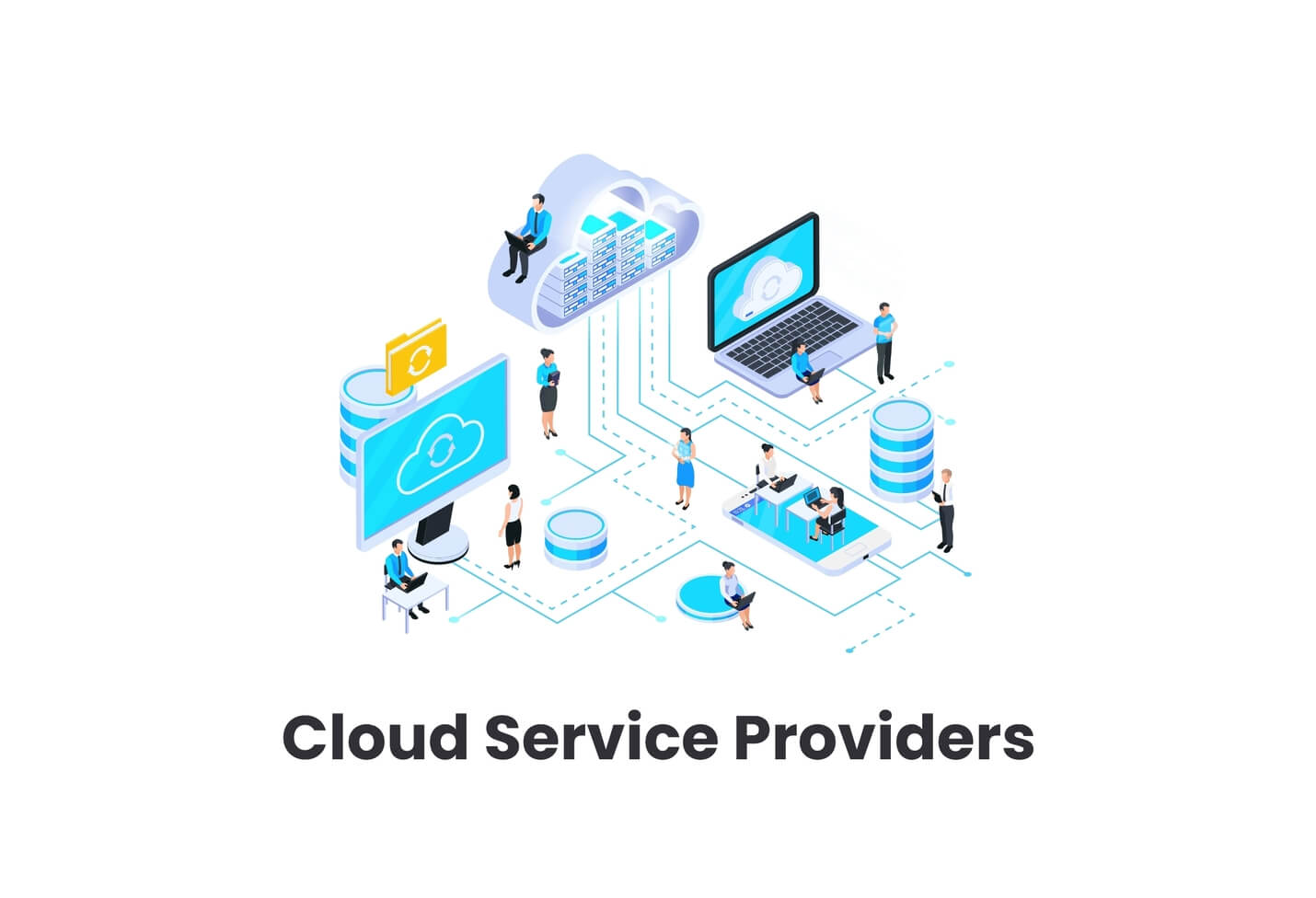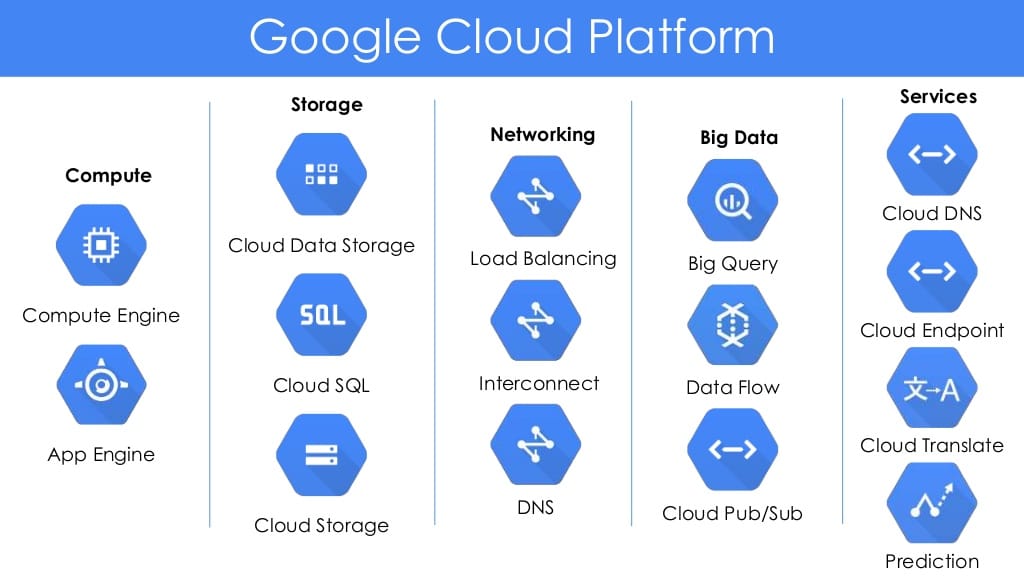Discover the Power of LinkDaddy Cloud Services: Authorities Press Release Insights
Discover the Power of LinkDaddy Cloud Services: Authorities Press Release Insights
Blog Article
Achieve Seamless Scalability With Cloud Solutions
In the ever-evolving landscape of cloud services, attaining smooth scalability stands as a cornerstone for modern-day organizations looking for to remain competitive and versatile. The capacity to effortlessly increase or get sources in feedback to transforming needs is a crucial benefit in today's hectic electronic environment. By mastering the art of scalable cloud remedies, organizations can not only maximize performance and simplify procedures yet additionally lead the method for future growth and innovation. The pursuit for seamless scalability with cloud services unveils a globe of opportunities for those going to accept the transformative power of dynamic resource monitoring.
Benefits of Cloud Scalability
Cloud scalability supplies organizations the versatility to dynamically readjust sources based upon need, making sure optimum performance and expense effectiveness. One crucial benefit is the capability to scale sources up or down rapidly in response to changing work. This agility allows organizations to meet altering client requirements without over-provisioning resources, ultimately causing set you back financial savings. Scalability likewise improves performance by making certain that systems can handle increased traffic or workload without experiencing downtime or downturns. By efficiently allocating resources, companies can keep high degrees of performance during peak times without unnecessary expenses during quieter periods. Additionally, cloud scalability advertises technology and experimentation by allowing businesses to easily test new concepts and range them as required. This versatility motivates a society of continual enhancement and adaptation, enabling organizations to stay affordable in a swiftly evolving market landscape. Inevitably, the advantages of cloud scalability prolong beyond cost financial savings to incorporate enhanced efficiency, dexterity, and development.
Trick Features for Scaling
Reliable scaling in cloud services depends on essential attributes that enable companies to readjust resources dynamically based on need. One important attribute for scaling is elasticity, enabling sources to scale up or down in response to changing workloads. This makes certain that organizations can fulfill performance needs without over-provisioning resources. One more vital feature is scalability, allowing systems to deal with increased work by adding sources seamlessly. This feature is essential for suiting development without compromising performance. Furthermore, automation plays a crucial duty in scaling by automating the provisioning and de-provisioning of sources based on predefined policies. Automation decreases human intervention, boosts efficiency, and makes sure rapid reaction to altering needs. Monitoring and analytics devices are additionally vital for scaling, providing insights into resource usage, performance metrics, and potential bottlenecks. These tools allow organizations to optimize and make informed decisions source allocation for efficient scaling. Overall, these key features collectively equip organizations to accomplish smooth scalability in cloud services.
Executing Auto-Scaling Techniques
To effectively maximize resource allocation and adjust to varying work, companies need to strategically implement auto-scaling approaches in their cloud solutions framework. Auto-scaling permits systems to instantly readjust the variety of calculate resources based on real-time demand. There are various auto-scaling techniques that organizations can employ, such as predictive scaling, which utilizes historical data to forecast future source requirements, and responsive scaling, which reacts to present work adjustments.

Best Practices for Scalability
For organizations aiming to enhance their scalability in cloud solutions, carrying out best techniques is vital for ideal efficiency and resource management. One key best technique is making applications with a microservices style. This approach breaks down applications right into smaller, independent solutions that can be deployed, upgraded, and scaled individually, enabling better versatility and scalability.
One more vital technique is utilizing containerization modern technology, such as Docker or Kubernetes. Containers enable the packaging of applications and their dependencies into isolated units, making it much easier to scale components independently and release them continually throughout different environments.
In addition, applying automated implementation and infrastructure as code (IaC) can simplify scalability efforts (linkdaddy cloud services). Automation devices like Terraform or Ansible help in provisioning and handling resources effectively, lowering hand-operated mistakes and allowing fast scalability
Furthermore, keeping an eye on efficiency metrics, setting up informs, and conducting regular capability preparation are important methods to ensure aggressive scalability management. By adhering to these best methods, organizations can accomplish smooth scalability in their cloud services while optimizing efficiency and source utilization.
Tracking Performance Metrics
When evaluating the efficiency of cloud services scalability, closely keeping an eye on efficiency metrics is essential for making certain optimum performance and source allotment. By continuously tracking key efficiency signs (KPIs) such as reaction times, throughput, source, and latency application, organizations can acquire important understandings into the health and wellness and effectiveness of their cloud facilities. Monitoring performance metrics enables the very early discovery of possible traffic jams or problems that could impact scalability, making it possible for aggressive actions to be required to address them prior to they escalate.

Verdict
To conclude, attaining smooth scalability with cloud solutions is essential for companies to enhance performance, enhance technology, and preserve high performance degrees during peak times. By leveraging the advantages of cloud scalability, implementing auto-scaling approaches, making use of crucial features such as flexibility and automation, and adhering to best methods like application design and efficiency tracking, businesses can successfully scale their systems while making the most of source use and efficiency.
The quest for smooth scalability with cloud solutions reveals a world of opportunities for those ready to embrace the transformative power of dynamic source monitoring.
Cloud scalability provides organizations the versatility to dynamically adjust resources based on demand, ensuring optimal efficiency and expense efficiency. An additional vital attribute is scalability, making it possible for systems to manage increased workload by including resources effortlessly.For organizations aiming to improve their scalability in cloud solutions, executing ideal practices is critical for optimal efficiency and source management.When examining the effectiveness of cloud services scalability, carefully monitoring performance metrics is vital for ensuring optimal performance and source appropriation.
Report this page